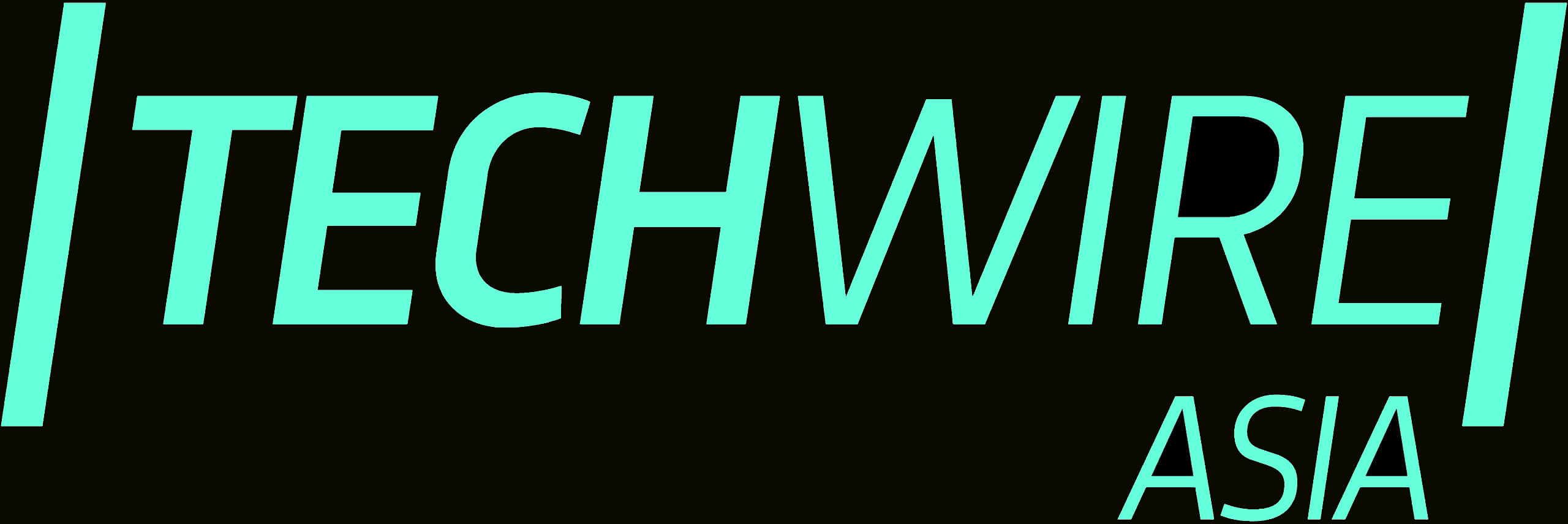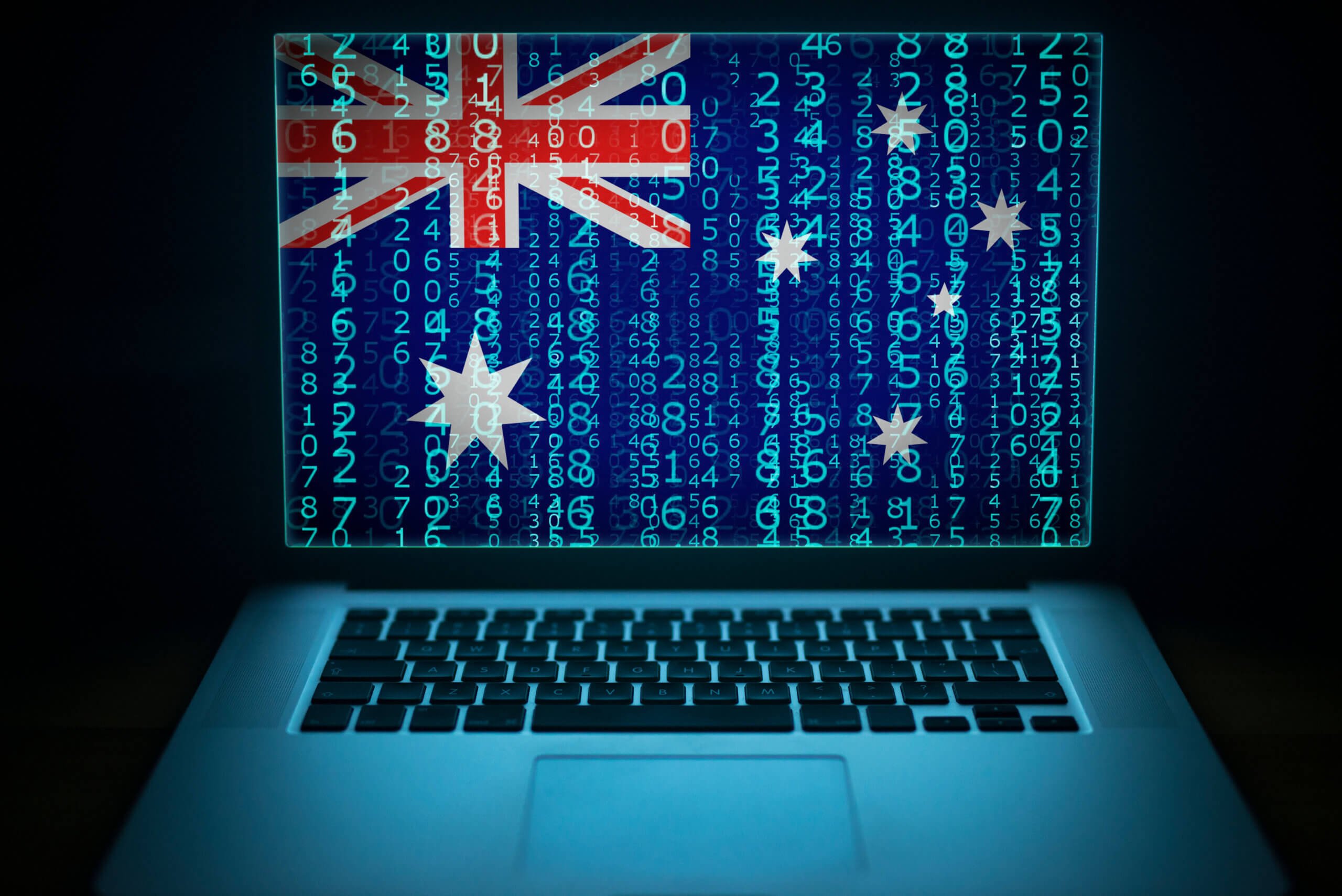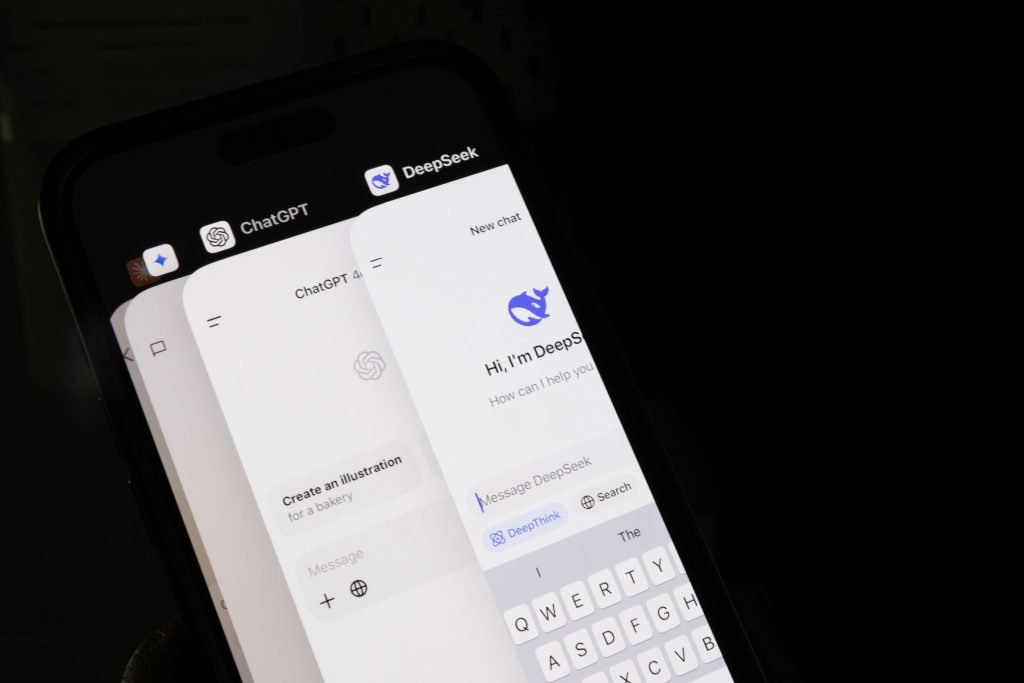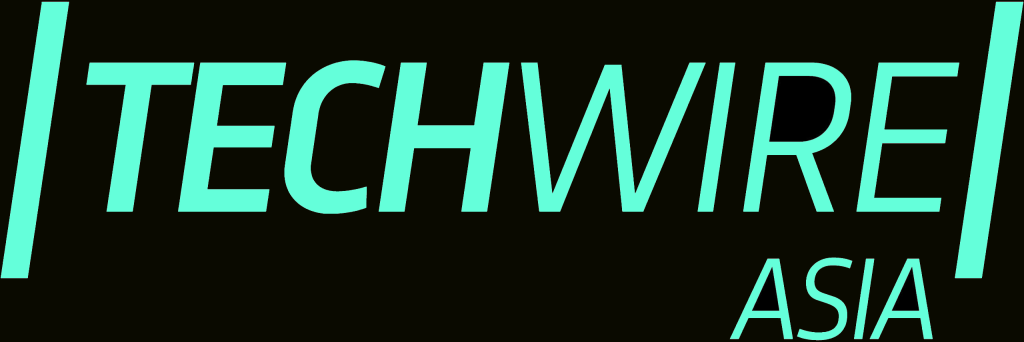- Australia plans to implement the world’s strictest social media age restriction, banning access for users under 16.
- The policy includes biometric verification methods and offers no exemptions for parental consent or existing accounts.
Australian teenagers under 16 will be locked out of social media platforms under sweeping new laws announced by Prime Minister Anthony Albanese on November 7. The unprecedented ban, which could take effect late next year, marks any country’s most authoritarian stance to shield young people from social media’s influence.
If you think TikTok dances and Instagram stories are harmless teen pursuits, the Australian government disagrees. Its world-first package of measures goes beyond typical age restrictions, introducing biometric verification systems and government ID checks to enforce the ban. Unlike similar policies elsewhere, Australia’s approach offers no wiggle room—not even with parental permission.
While other countries have introduced various forms of social media regulation for young users, Australia’s vigorous enforcement mechanisms break new ground with its absolute stance: no parental consent exceptions, no ‘grandfather clauses’ for existing accounts, and the implementation of sophisticated age verification methods, including biometrics and government-approved.
“Social media is harming our kids, and I’m calling time on it,” Albanese told a news conference, according to Reuters. “If you’re a 14-year-old kid getting this stuff, at a time where you’re going through life’s changes and maturing, it can be a really difficult time, and what we’re doing is listening and then acting.”
The newly-unveiled comprehensive package of measures signals a significant shift from the current self-regulatory framework, which has primarily left social media platforms to set their own rules regarding young users. The age verification trial, a cornerstone of the new policy, marks uncharted territory in social media regulation.
Australia is the only jurisdiction that has attempted to implement such stringent verification methods, making it a test case for whether such measures can effectively restrict youth access to social media platforms. Albanese said legislation will be introduced into the Australian parliament this year, and the laws will come into effect 12 months after being ratified by lawmakers.
“The onus will be on social media platforms to demonstrate they are taking reasonable steps to prevent access,” Albanese said. “The onus won’t be on parents or young people.” Inevitably, the success or failure of Australia’s approach could influence global policy decisions on digital youth protection.
The absence of a parental consent option is particularly noteworthy, as it removes what has traditionally been a common exception in digital age restrictions. This absolute approach suggests a fundamental shift in how governments view the role of parental discretion in children’s digital lives.
The proposed legislation will certainly raise several critical questions about implementation and enforcement. How will the biometric verification system work in practice? What measures will be in place to protect the privacy of young users during the verification process? How will the ban affect Australian teenagers relying on social media platforms for social connection and educational purposes?
From a privacy perspective, there would also eventually be concerns about the collection and storage of biometric data from young people. Nevertheless, social media platforms, which have historically resisted strict regulation, must adapt their operations significantly to comply with these new requirements in the Australian market.
The technical challenges of implementing robust age verification systems and the complete ban on under-16 access present unprecedented operational challenges for these companies. As the legislation moves toward implementation in late 2025, it will likely spark intensive discussion about the future of social media regulation and youth digital rights globally.








